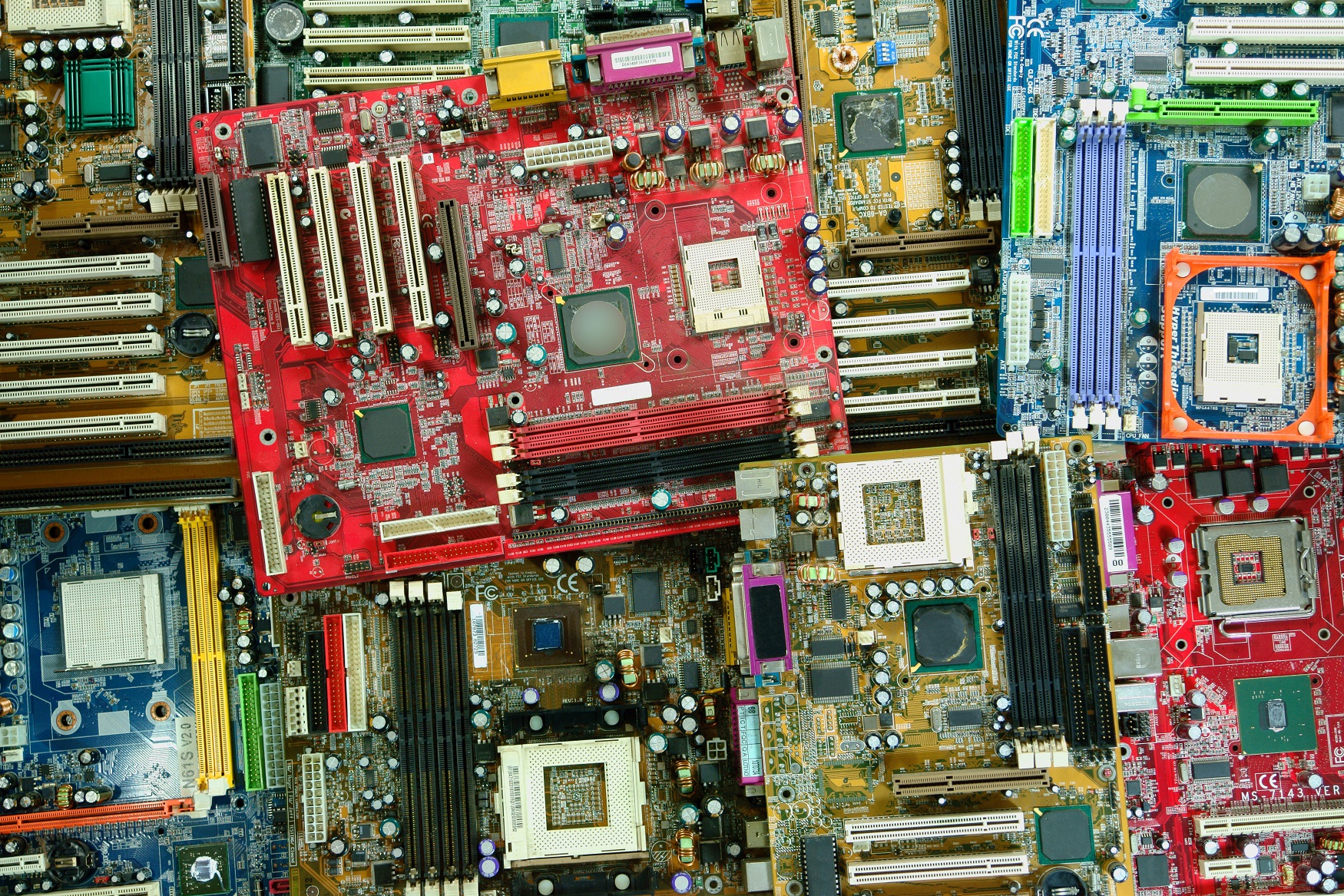Gold Fell 5% on Its Way to Higher Prices

Editor’s Note: Yesterday, we heard from Rich Checkan, a gold investing expert and friend of ours here at Wealthy Retirement.
Rich is the president of Asset Strategies International, and last time, he shared reasons why he believes a correction in the market was overdue even before the coronavirus panic caused stocks to tumble last week.
Today, Rich will take a closer look at what these market swings mean for gold – and why he believes it should be an integral part of your portfolio going forward.
If you’d like to learn more about Rich and Asset Strategies International, you can reach his office by calling 800.831.0007 or by clicking here.
– Mable Buchanan, Assistant Managing Editor
Yesterday, I wrote to you about the impact of the coronavirus on the U.S. equities markets. Simply put, coronavirus spooked investors enough to trigger one of the largest single-day drops in the Dow Jones Industrial Average.
It was also one of the most devastating weeks across all equities markets, with the Dow down 14%, the S&P 500 down 13% and the Nasdaq down 12.3%.
Now, to be fair, gold fell 5% (about $80 per ounce) on Friday, February 28, as equities markets were tanking.
So you may ask yourself…
- Why did gold fall?
- How does that bode well for higher gold prices?
I’m glad you asked…
In Search of Liquidity
It is not unusual to see a significant drop in equities markets coupled with a sell-off in gold and other precious metals.
This is because many investors buy stock on margin. When they do, the value of their brokerage account is the collateral for the loan.
But if the value of the equities suddenly drops, the collateral drops and the investor needs to inject capital into the brokerage account to meet the margin call on their loan.
Enter gold. Remember the definition of gold as wealth insurance…
Gold is a store of purchasing power, with high liquidity, for a potential financial crisis you hope to never have.
So when investors need to meet margin calls, gold is typically the first asset they turn to.
This happened on Friday, February 28, just like it did during the financial crisis of 2008 to 2009. When Bear Stearns collapsed, again, gold was the liquid asset of choice.
And, just like every time before, gold rebounded almost immediately as buyers jumped in to take advantage of the artificially (and temporarily) low price.
Another case of wealth insurance at work!
So what’s next?
Higher gold prices.
I alluded to this in my article yesterday. I promised to share why I believed gold would move higher from here, and my reasons were fourfold…
- Upcoming Federal Reserve interest rate decisions
- Political unrest
- Social unrest
Federal Interest Rate Decisions
On Tuesday, the U.S. Federal Reserve announced a 50-basis-point drop in interest rates. Clearly, the Federal Reserve thought it was important to act quickly to avoid panic.
So it moved forward with an emergency rate cut outside of its normally scheduled Federal Open Market Committee meeting.
Of course, we could all see this coming.
Over the weekend, the U.S. and other G-7 nations vowed to do whatever was necessary to support the markets and restore stability to the global economy.
That news alone was enough to trigger a nearly 1,300-point, one-day rally in the Dow.
But the 50-basis-point rate cut wasn’t as effective initially. Markets moved up on the news, but they settled back down rather quickly.
The signal from the Federal Reserve might have looked more like panic than control. And panic is the last thing investors want to see.
Investors want to see calm, predictable markets. When everything is calm and predictable, investors can make prudent decisions and feel good about them. They stay invested for the long haul.
Roiled markets, on the other hand, make investors uncertain and uncomfortable. The impact on the markets is an increase in volatility.
“Upsetting the Applecart”
Along that line of thinking, political unrest, social unrest and protectionism all go hand in hand. They “upset the applecart.” They change the status quo.
They make things less predictable. They make things more unsettled. They cause more investors to scratch their heads.
They make markets more volatile.
It is easy to understand why…
Take a look at the state of U.S. politics, for instance. We have, arguably, the most dysfunctional government our country has ever had. That is saying something considering we have a civil war in our history!
Politicians are so ideologically dug in, it seems as if neither party is open to the other party’s views. Debate is less substance and more personal attack. Our country is as divided as our politicians.
It is not surprising to see an increase in social uprisings given this backdrop.
The haves have more. The have-nots have less. The middle class is disappearing. The divide between the wealthy and the poor is growing. Tensions are on the rise.
As all that plays out, the U.S. is in the process of renegotiating virtually all of its global treaties with the threat of trade wars – and the economic sanctions they impart – hanging over the proceedings.
Political unrest, social unrest and protectionism all combine to make things much less predictable for the average investor.
And again… less predictable is more volatile.
Greed Gives Way to Fear, So Where’s the Opportunity?
Greed is good when you can make realistic assumptions. Predictability helps you make sound, prudent decisions, and your bets pay off with higher stock prices.
But when you introduce enough variables into the equation, it can no longer be solved. Safe bets become long shots. Fear of missing out is replaced by fear of losing.
In times like these, money flows to safe havens such as Treasurys in strong currencies and gold. Holding on to what you have becomes more important than making profits.
If the Federal Reserve and the rest of the world’s central banks would let the market forces be, I would expect gold to surge and equities to correct.
However, as we heard on Monday and saw on Tuesday, the Federal Reserve and the world’s central banks will not keep their hands out of things. They will tinker and tweak to ensure order is maintained.
As a result, I see a period where both gold and the U.S. dollar will continue to rise… or at least maintain strength.
Depending on how long it takes to contain the coronavirus, the equities markets will continue to panic, get bailed out by quantitative easing and artificially low interest rates, then panic again, get bailed out again, etc.
As a result, I see your best opportunity for the near term to be an exchange of U.S. dollars for gold. Take those dollars – stronger than they ought to be – and buy gold now… before it really gets moving.
Whether it be with personal or IRA funds, be sure you…
- Have your wealth insurance (gold) in place
- Have trailing stops in place for your equities positions
- Take the time to rebalance your portfolio after a decade of bull markets in stocks
- Consider owning some precious metals for profit (silver)
- Ask yourself, “If we saw a 40% to 50% drop in equities as we did in 2008 and 2009, at my age, could I absorb that loss?”
If the answer is “No,” consider increasing your gold allocation now.
Good investing,
Rich






